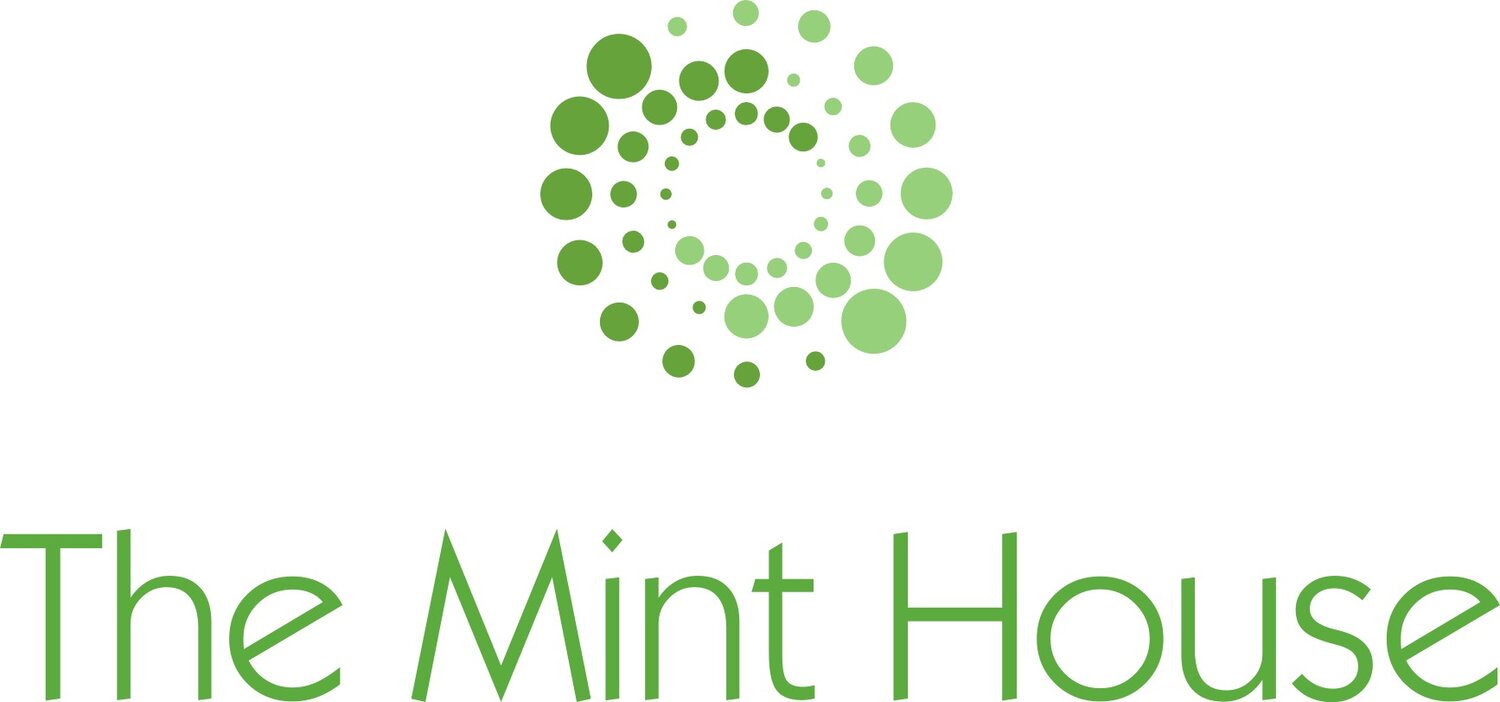by Joy Bettles
(This three-part blog series will cover some of the reasons we think communicating restorative practice is so difficult, followed by some thoughts on how we can communicate more effectively. We are really interested to hear from others on this topic so please let us know your thoughts and ideas)
One of the big challenges for restorative practice organisations is “How do we stop preaching to the converted?” and reach out to wider audiences in order to more effectively promote and embed restorative approaches in society.
Challenges of explaining RP
Explaining what restorative practice means can be challenging. The term ‘restorative practice’ is vague: What does ‘restorative’ mean? What does ‘practice’ mean? Some organisations use terms such as ‘restorative approaches’ or ‘relational practice’ which are slightly easier to understand but are still not obvious.
The term ‘restorative justice’ may be better recognised and understood, however, the connection to criminal justice can lead people to have a very narrow view of what restorative practice can mean for themselves and their communities.
Restorative justice and restorative practice are hard to explain in a sentence or two[i]. This doesn’t lend itself well to current media preferences, particularly social media (think of the rise of short form video such as TikTok, Instagram Stories, and Instagram Reels which use videos of 15-30 seconds or less).
Conveying relevance
Another challenge to restorative practice organisations in communicating with the public is conveying the relevance of restorative practice to everyday life. Restorative practice is not something that is immediately easy to understand (compared to very recognisable causes such as child poverty or cancer research).
Some people misunderstand that restorative practice is limited to restorative justice in criminal justice settings and therefore see it as not relevant to them if they have not been a victim or perpetrator of crime.
In order to support restorative practice, people need to see how restorative approaches can be helpful in their own relationships.
People also need to recognise the benefits of restorative justice to society and decide that this is something they want to participate in. (The report Building Social Support For Restorative Justice[ii] explores the political and philosophical issues surrounding this in depth).
Lack of resources
Restorative practice organisations are often low on resources. Financial resources in these organisations often go towards funding practitioners or supporting volunteers, rather than communications.
Stories and imagery
Stories and imagery connect with the public as the emotive nature of stories and images makes people more likely to engage with the messages they convey.
“Images that communicate [our message] are crucial. Images and symbols can be critical to conveying a story, therefore we should find images that convey RJ values.”[iii]
Imagery (in both photo and video form) is also essential for content on social media platforms, as social media for many years has been evolving to rely on photo and video content rather than text-based content.
However, restorative practice is personal and can relate to very private and sometimes difficult experiences in our lives. As a result, it is challenging to obtain personal stories and imagery. Even if people are happy to share their stories, it’s often not appropriate or possible for a photographer to be present in these moments.
Restorative practice organisations often end up relying on stock photos and abstract images which don’t have the same impact as photos or videos of people in real life situations. The lack of real-life imagery can make it difficult for people to visualise what restorative approaches look like in practice.
(Continued in Part 2 and Part 3)
References:
[i] Brunilda Pali (2011), Media Toolkit for Restorative Justice Organisations, European Forum for Restorative Justice, p. 15.
[ii] Brunilda Pali and Christa Pelikan (2011), Building Social Support for Restorative Justice, European Forum for Restorative Justice.
[iii] Brunilda Pali (2011), Media Toolkit for Restorative Justice Organisations, European Forum for Restorative Justice, p. 25.
